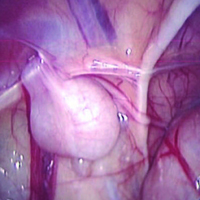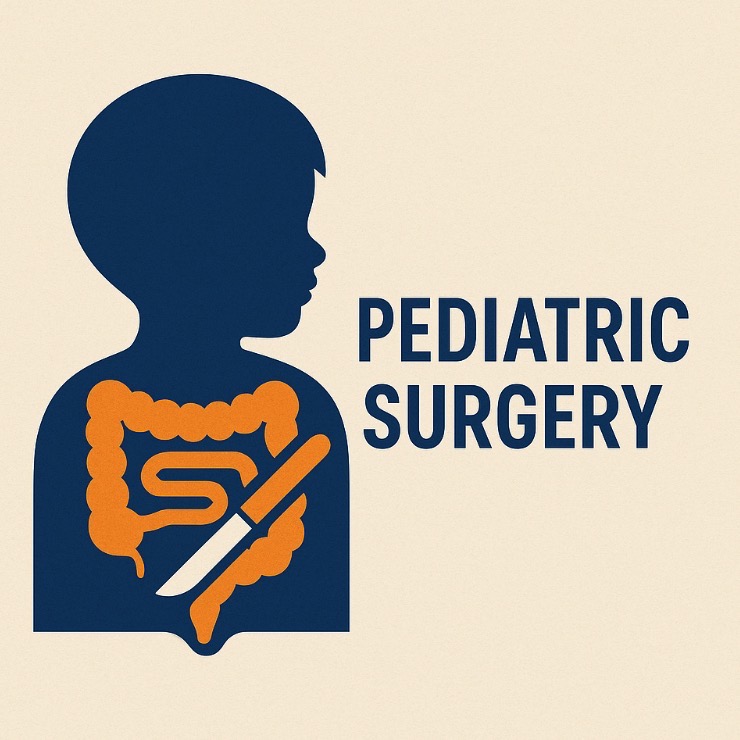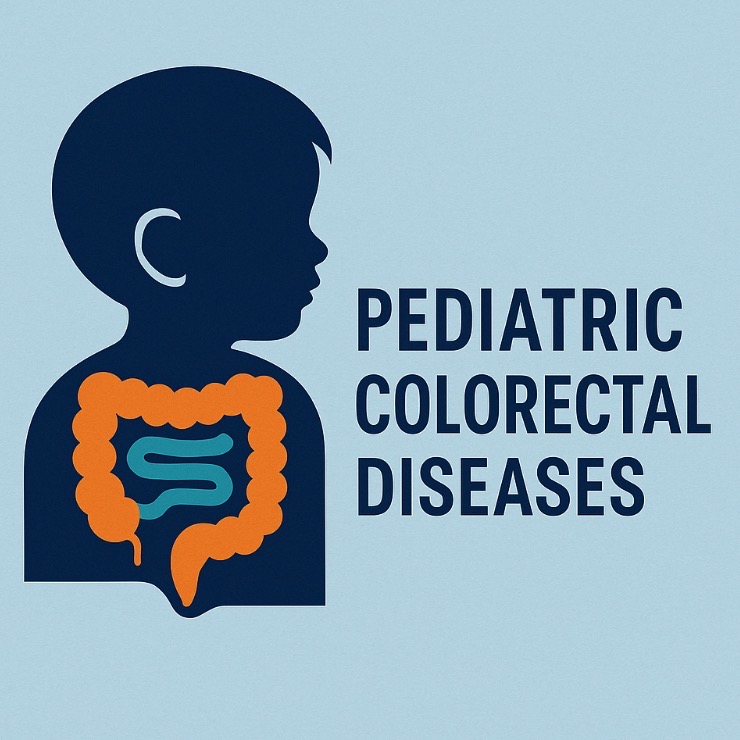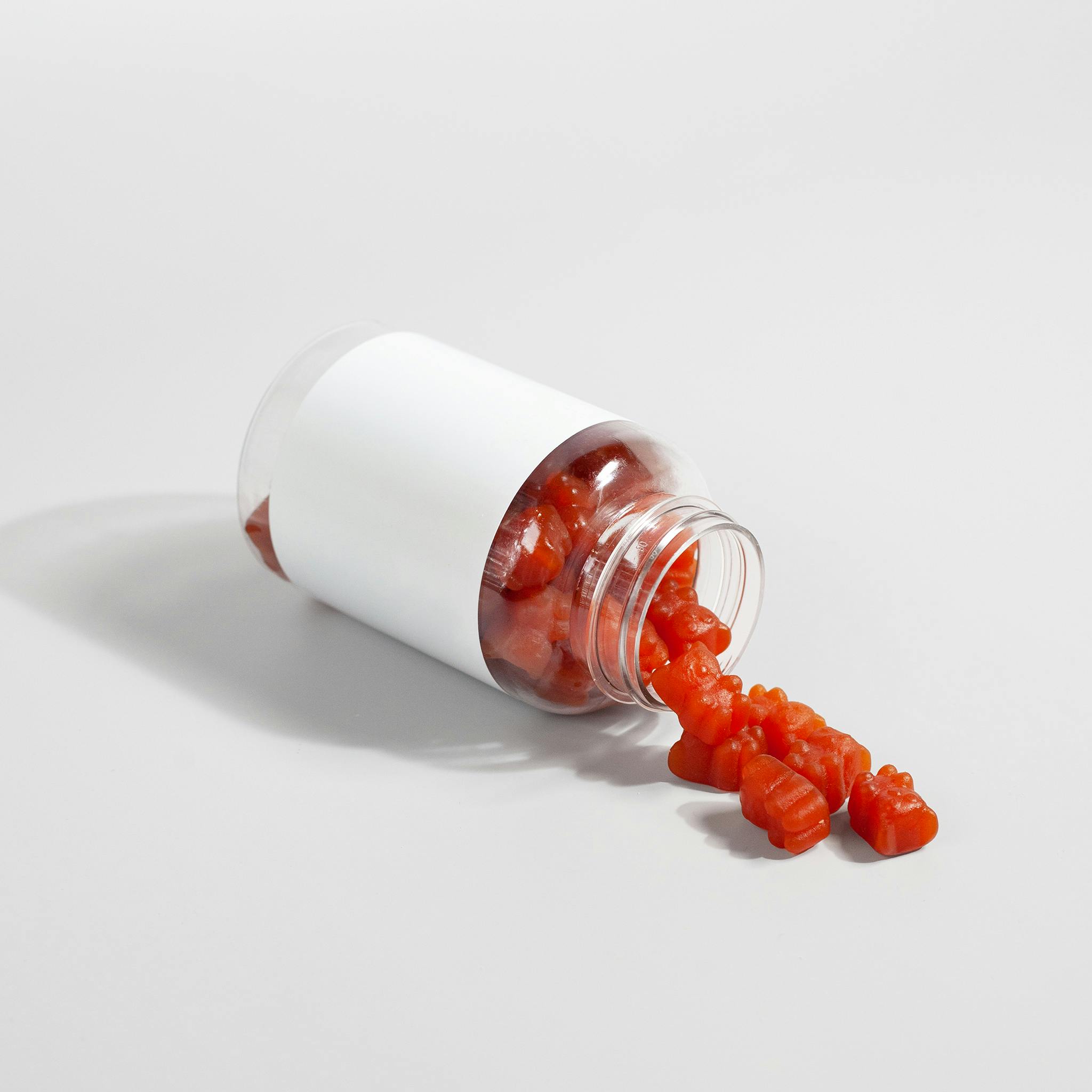Laparoscopic Fowler-Stephens orchidopexy for intra-abdominal cryptorchid testis: a single institution experience

All claims expressed in this article are solely those of the authors and do not necessarily represent those of their affiliated organizations, or those of the publisher, the editors and the reviewers. Any product that may be evaluated in this article or claim that may be made by its manufacturer is not guaranteed or endorsed by the publisher.
Authors
Fowler-Stephens Laparoscopic Orchiopexy (FSLO) permits the mobilization of Intra-Abdominal Testis (IAT) to the scrotal position after spermatic vessel ligation. We reported our experience of FSLO for IAT. The charts of all boys who underwent a FSLO were retrospectively reviewed. Data were analysed for demographic data, procedure, complications and follow-up results. From January 2008 to June 2016, 160 laparoscopies for Non Palpable Testis (NPT) were performed at a mean age of 3,2 years. 61% of patients had a right NPT, while 6% were bilateral. In 64 cases, an IAT was found: 20 were managed by FSLO with a two-stage procedure in 11 patients. There were no differences in hospitalisations; one patient had a prolonged ileus. Follow-up ranged from 1 to 8 years. Of the 20 patients who underwent FSLO, testicular atrophy developed in three; the remaining testes were in the scrotal position, with normal consistency. FSLO was applied in 31% of IAT. The overall success rate of the technique was 85 %. The percentage of atrophy associated after spermatic vessels interruption appears to provide a good chance of testicular survival.
How to Cite
PAGEPress has chosen to apply the Creative Commons Attribution NonCommercial 4.0 International License (CC BY-NC 4.0) to all manuscripts to be published.










